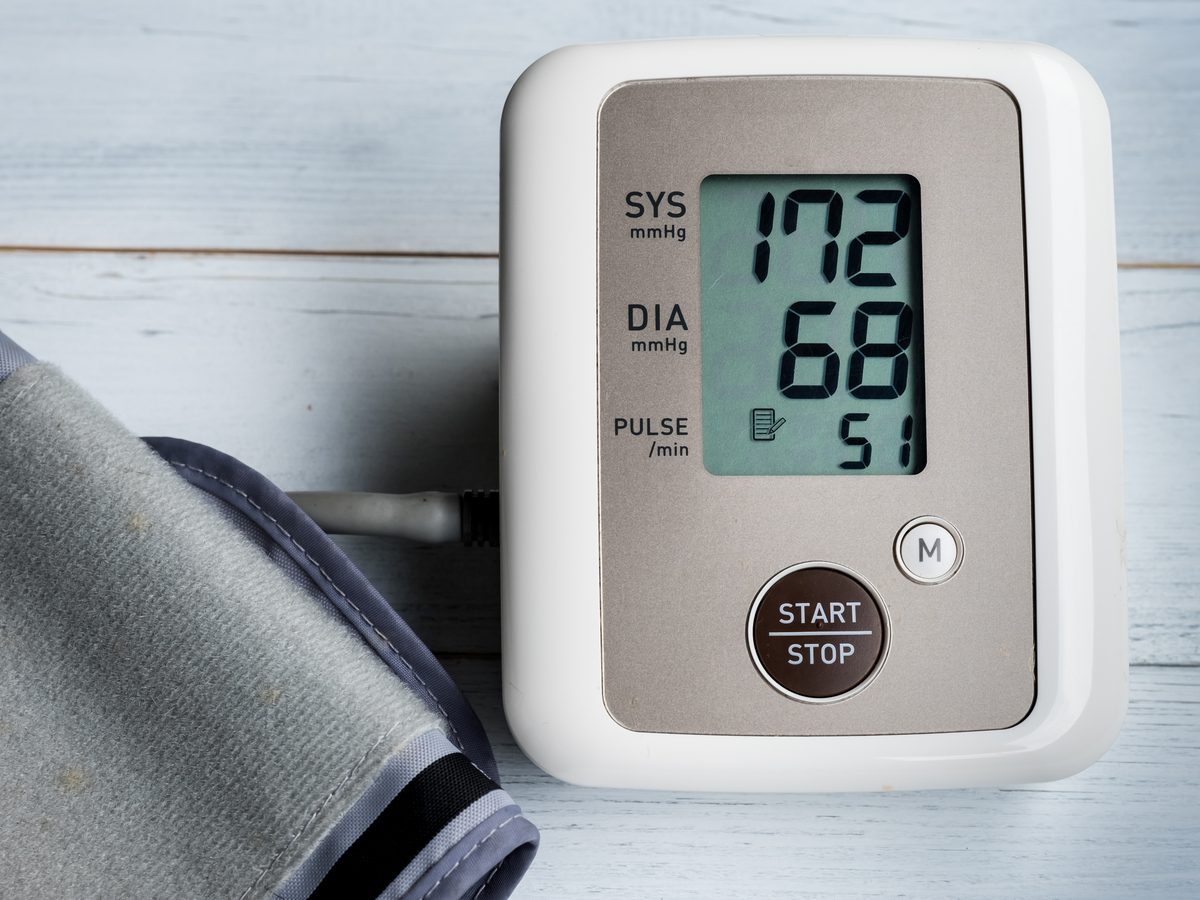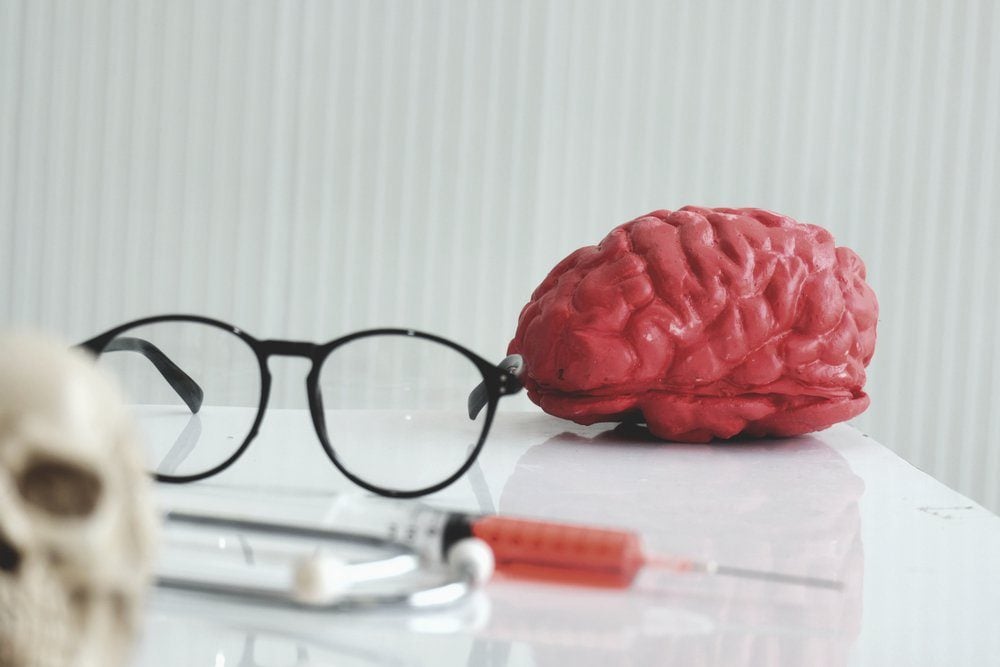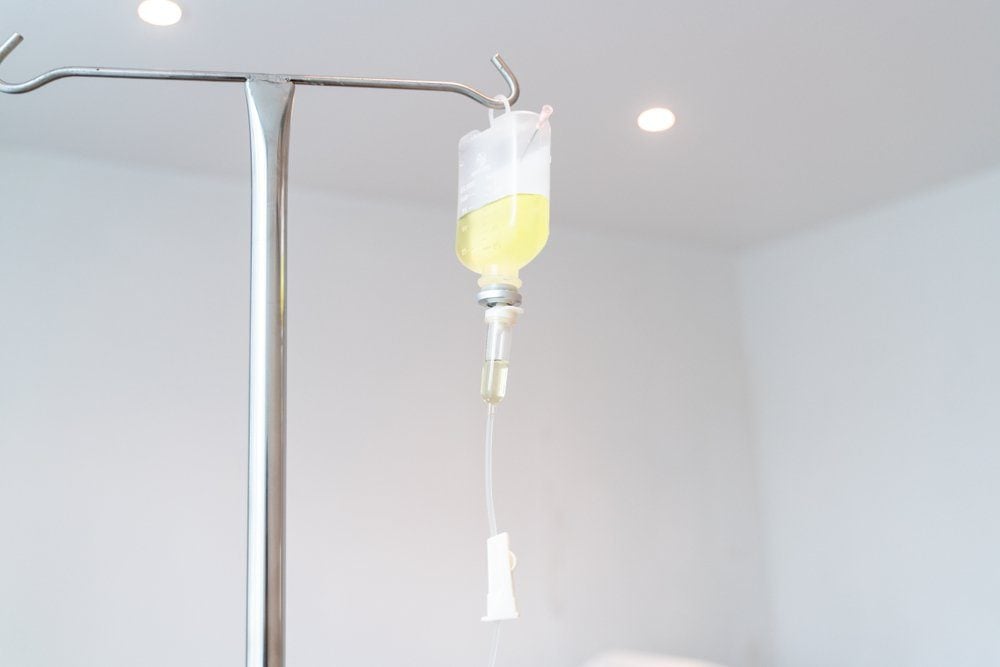
The rush for Alzheimer’s research
As of 2019, there are approximately 564,000 Canadians living with dementia, with 25,000 new cases diagnosed every year, according to the Alzheimer Society of Canada. Fortunately, funding for Alzheimer’s research is finally catching up to the devastating reality of the disease. In the United States, for instance, recent legislation has more than quadrupled funding for Alzheimer’s research at the National Institutes of Health (NIH), and the investment is already leading to breakthroughs.
“We’re in a golden age of dementia research,” says Keith Fargo, PhD, director of scientific programs and outreach at the Alzheimer’s Association. Check out the emerging knowledge, new drugs and potential hopes in the world of Alzheimer’s.

First disease-modifying drugs
After initially negative results, research now suggests that a recently developed drug called aducanumab may be effective in slowing cognitive decline in some patients. Aducanumab is an antibody that target beta amyloid. The findings have been submitted to the FDA for approval. If it’s approved, aducanumab would be the first drug that impacts the underlying disease process of the condition as opposed to just symptoms, says Dr. Fargo.
“I’m so encouraged by the findings,” adds Sterling Johnson, PhD, the Jean R. Finley professor of geriatrics and dementia at the University of Wisconsin School of Medicine and Public Health in Madison. “It’s not just one thing that was significantly different. It was several cognitive measures and measures of clinical progression.”
A second disease-modifying drug, BAN2041, is also in the works, adds Dr. Fargo.
If you have these types of dreams, you could be at risk for dementia.

A medication for psychotic symptoms
Physicians have been relying on the same set of medications to treat Alzheimer’s for almost 20 years and those drugs, including Aricept and Namenda, target only cognitive symptoms like memory and reasoning. Psychotic symptoms in Alzheimer’s patients are currently treated with drugs “borrowed” from other disorders like schizophrenia, some of which can be dangerous says Dr. Fargo. Now a drug called pimavanserin, already approved for Parkinson’s, is set to become the first antipsychotic medication approved specifically for people with Alzheimer’s, says Dr. Fargo.
These everyday habits are easy to adopt and can help boost your memory.

Continued research on inhaled insulin
A small study earlier in 2019 showed that people with mild cognitive impairment (MCI), which can be a precursor to Alzheimer’s, had improved cognition after taking inhaled insulin. Many more studies with similar results will need to be completed before this becomes an approved therapy. Although the exact role of insulin in Alzheimer’s is unclear, people with diabetes do have a higher risk of the disease, according to the Mayo Clinic.
Learn to spot the subtle signs of diabetes.

New biomarkers to diagnose Alzheimer’s
There is currently no easy way to diagnose Alzheimer’s, but advances this year indicate that a simple blood test to detect the disease before symptoms appear may be on the horizon. A study published in the journal Neurology reported that a blood test could accurately detect levels of amyloid-beta protein in the blood of people who had no Alzheimer’s symptoms. This protein collects in the brains of people with Alzheimer’s. “[The tests] are not as perfect as we want them to be, but the proof of concept and now it’s a matter of refining the technique and getting one that we can deploy the clinic,” says Dr. Johnson. He anticipates seeing such tests hit clinics in next few years.
Learn about the rare blood type that fewer than 50 people in the world have.

More evidence for lifestyle benefits
About 35 per cent of dementia cases worldwide are preventable through modifiable lifestyle factors, says Dr. Fargo. And the research keeps coming. Among the most startling new discoveries is the discovery that adopting five specific strategies can reduce your risk of developing Alzheimer’s disease by 60 per cent. The five: eat right, exercise, don’t smoke, use your mind and don’t exceed one glass of wine a day. Another study found that a balanced lifestyle may even protect people who have a higher genetic risk for the disease. “We know now with the studies that continue to come forward is that engaging in a healthy lifestyle is good for the brain,” says Dr. Johnson.
Believe it or not, reading in this font could also improve your memory.

Updated blood pressure targets
A study appearing in the Journal of the American Medical Association in January found that aggressively lowering blood pressure levels to below 120 mm reduced the risk of developing mild cognitive impairment by about 20 per cent. Unfortunately, the study didn’t find any effect on dementia, but the researchers noted the study may not have been big enough to detect an effect. In 2017, the American College of Cardiology and American Heart Association lowered the number to diagnose hypertension to 130/80 mm Hg rather than 140/90 mm Hg.
Check out these natural remedies for high blood pressure.

Investigating the role of herpes
The once-fringe idea that certain bacteria, viruses and other microbes including, herpes simplex virus (HSV), may contribute to Alzheimer’s has moved into clinical trials, says Dr. Fargo. A large trial is currently underway to see if the anti-viral drug Valtrex (valacyclovir) can help alleviate symptoms in women with mild Alzheimer’s who have tested positive for HSV-1 or HSV-2. Don’t worry if you have herpes—most people do. “It’s not a straight line from having herpes to Alzheimer’s,” reassures Dr. Fargo.

More genetic clues
Research presented at the 2019 Alzheimer’s Association International Conference identified 11 sex-specific genes linked with Alzheimer’s. This may help explain why about two-thirds of Alzheimer’s patients in the U.S. are women. Meanwhile, a study in JAMA Neurology suggested that the APOE4 gene, which raises the risk of Alzheimer’s, may behave differently in African Americans than in white people.
Get to know the memory-boosting tricks of a Jeopardy! whiz.

A new PET tracer
Late last year, scientists reported in the Journal of Nuclear Medicine that they had identified a new PET (positron emission tomography) tracer for tau tangles in the brain. The protein tau collects and builds up in the brains of people with Alzheimer’s. The tracer — called Flortaucipir — has been used in research since 2013 and is now awaiting regulatory approval for more widespread use. Identifying tau tangles in the brain can help diagnose Alzheimer’s. Drug developers are also hoping to target these tangles with new drugs.
Want to boost your brain power? These weird brain exercises can help you get smarter.

New tests to catch Alzheimer’s early
At the moment, positron emission tomography imaging (PET scans) or invasive tests like sampling your cerebrospinal fluid are the only ways to catch Alzheimer’s in its early stages. But researchers have been developing blood tests that can detect amyloid beta, a toxic protein that forms the brain plaque associated with Alzheimer’s disease.
Scientists from Germany and Sweden analyzed archived blood that was collected between July 2000 and December 2002 in a study of adults ages 50 to 75. The researchers then compared the samples from adults who were later diagnosed with Alzheimer’s with those from people who didn’t develop the disease. The new test correctly identified those with Alzheimer’s in almost 70 per cent of cases. Even better, this test could have spotted the disease up to eight years earlier. Another study produced a blood test that could spot Alzheimer’s even sooner—up to 20 years before diagnosis.
Even though a blood test won’t cure Alzheimer’s, it could help researchers develop treatments designed to slow the progress of the disease by identifying at-risk patients before too much damage has occurred. More work needs to be done to advance the treatment, but some researchers are hopeful that the blood test will be readily available to the public within a few years.
Familiarize yourself with these early signs of Alzheimer’s.

Promising new drugs
Even in the age of modern medicine, most new drugs and treatments for Alzheimer’s fail. Which is why experts are cautiously optimistic about something called BAN2401: Not only does this antibody reduce amyloid brain plaques, but it also slows cognitive decline. In the study, the New York Times reports, researchers gave 856 patients from the United States, Japan, and Europe injections of BAN2401. Doctors had previously diagnosed the patients with either mild cognitive impairment or mild Alzheimer’s dementia; they all had large amounts of amyloid beta in their brains. Only 161 patients were injected with the highest of the five doses of BAN2401—every two weeks for 18 months. In the highest-dose group, 81 per cent showed significant drops in their amyloid levels. While their cognitive skills still declined, they did so at a rate that was 30 per cent slower than the placebo group’s rate of decline.
More trials are needed to truly determine the drug’s effectiveness and safety before the FDA gives its stamp of approval for Alzheimer’s patients. A similar treatment, aducanumab, is in early trials and appears to do the same thing as BAN2401, but those clinical results won’t be available until 2020, according to the New York Times.

Understanding tau tangles
Tau is a protein in the brain that can twist into microscopic fibres called tangles. When this happens, cells die because nutrients can no longer move through them; the brain’s transport systems eventually disintegrate. “Tau tangles are not unique to Alzheimer’s disease,” says Heather Snyder, PhD, senior director of medical and scientific operations at the Alzheimer’s Association. “Tau clumps in other brain diseases, like Parkinson’s disease dementia, so it’s being researched in other communities as well.”
Fortunately, scientists from the University of Texas Southwestern’s O’Donnell Brain Institute have just discovered how and when a healthy tau protein becomes toxic—what the study authors call the “Big Bang” of Alzheimer’s disease. The researchers found that a tiny portion of the toxic tau protein that is normally folded inside actually sticks out, and that causes it to connect and tangle with other tau proteins. “The hunt is on to build on this finding and make a treatment that blocks the neurodegeneration process where it begins,” Marc Diamond, MD, director for UT Southwestern’s Center for Alzheimer’s and Neurodegenerative Diseases, told UT Southwestern Medical Center.

New Alzheimer’s genes
Scientists have also been looking into a possible genetic component behind Alzheimer’s disease—it does tend to run in families, after all. In one study, researchers from Boston University and the Alzheimer’s Disease Sequencing Project analyzed entire genetic sequences in nearly 6,000 people with Alzheimer’s disease, which they compared with the genes of 5,000 healthy older adults. The result? They found several rare gene variations that they believe could be linked to Alzheimer’s disease. The study authors believe that an inflammatory response in the body could trigger changes in the genes, and that could lead to brain degeneration. More research is necessary to get the whole genetic picture, but the research is promising.
Other research suggests that inheriting just one variant copy of the apolipoprotein E (APOE) gene can double your risk for Alzheimer’s disease, according to the Harvard Heart Letter. Researchers believe that the e4 variant interferes with body defenses that would block the growth of amyloid beta plaques. The only issue: Sixty per cent of people who suffer from Alzheimer’s don’t have the e4 variant. “Identifying rare variants could enhance our ability to find novel therapeutic targets and advance precision medicine approaches for Alzheimer’s disease,” Eliezer Masliah, MD, director of the Division of Neuroscience at the National Institute on Aging, said in a press release.
These are the diseases doctors are most likely to miss.

Repurposing other medications
It’s possible that we already have drugs—approved to treat other conditions—that could block Alzheimer’s. One example: Yale University School of Medicine researchers found that an experimental cancer drug, saracatinib, restored memory loss and reversed brain problems in mice; they are now testing it in humans. “They are investigating a pathway that results in the activation of a protein called Fyn kinase,” says Snyder. This protein plays a major role in how clusters of beta-amyloid damage brain cells—and the cancer drug seems to block Fyn kinase. The research team recently finished collecting data on its safety, tolerability, and effectiveness in treating Alzheimer’s. A total of 159 participants received either saracatinib or a placebo for one year. The results have yet to be released.
Change the way you live by reading up on these new health studies.

Looking outside the brain for early Alzheimer’s disease clues
Your brain may not be the only target of Alzheimer’s disease: Researchers from Cedars-Sinai Medical Center in Los Angeles used eye-imaging technology to analyze the retinas of a small group of Alzheimer’s patients. In the study, the Alzheimer’s patients had 4.7 times more amyloid beta in their eyes than the people who did not have the disease.
Another study revealed that people with rosacea (a skin condition that causes facial redness) are seven per cent more likely to develop some form of dementia and 25 per cent more likely to develop Alzheimer’s disease. The inflammation of rosacea—and the proteins involved—may contribute to the development of Alzheimer’s, the study authors say.
Next, check out the everyday habits that reduce your risk of dementia.